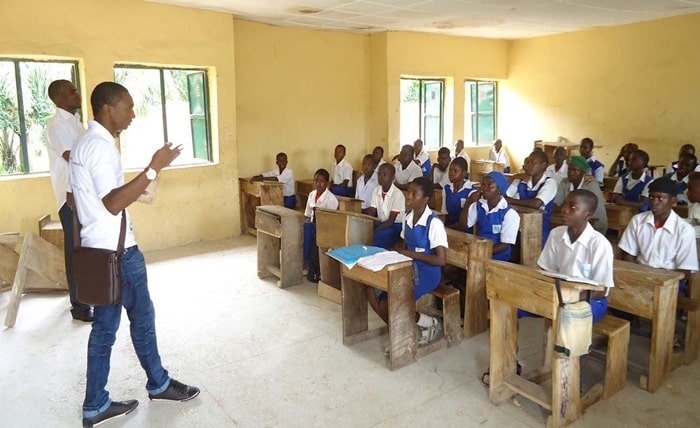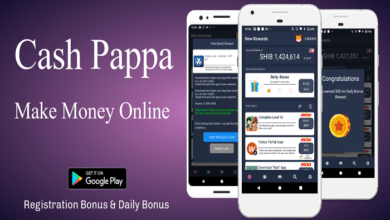Education for All: A Path to Equality

Education serves as one of the most powerful tools for shaping a fair and just society. Beyond simply enabling individuals to read and write, it has the potential to empower communities, reduce inequalities, and pave the way for a better future. Yet, millions around the globe still lack access to even the most basic education. This blog explores why education for all is essential, the challenges we must address, and how we can move closer to achieving true equality through education.
Education as a Fundamental Human Right
Education is universally recognized as a fundamental human right. Article 26 of the Universal Declaration of Human Rights declares that everyone has a right to education, emphasizing its role in empowering individuals and promoting global equality. Education equips people with the skills needed to improve their socioeconomic standing, breaking cycles of poverty and fostering opportunities for advancement. Beyond the personal benefits, education builds more informed and engaged communities. Charter schools like those in Salt Lake City play a vital role in providing quality education options, helping families access opportunities for growth. This ensures that individuals can participate more actively in decisions that shape their societies—be it through voting in democratic systems or contributing to local development initiatives.
Barriers to Education
While education is a fundamental right, many barriers prevent its universal accessibility.
- Poverty can make education unaffordable for families, as they prioritize daily survival over tuition fees, uniforms, or transportation costs.
- Geographic location is another common issue, particularly for children in remote or rural areas where schools are miles away.
- Discrimination based on gender, ethnicity, or disability further restricts access to education. Girls in some parts of the world, for instance, are far less likely to attend school compared to boys.
- Infrastructure and resources also play a critical role. Crowded classrooms, unmotivated teachers, and a lack of learning materials make it challenging for students to receive quality education even when schools are accessible.
These barriers are complex and intertwined, but addressing them is critical to creating a world where education truly is for all.
Initiatives for Inclusive Education
The effort to promote inclusive education is a global one, with numerous initiatives attempting to close existing gaps. For instance:
- Free Education Programs in many countries aim to eliminate the financial barriers entirely by covering tuition and supplying learning materials.
- Scholarship Opportunities and Grants provide additional support for underprivileged or marginalized students.
- Community Schools and Localized Programs work to bring education directly to underserved areas.
- NGOs and Nonprofit Efforts like UNICEF focus on promoting educational equity in war zones or areas struck by natural disasters.
These initiatives remind us that progress is possible, but they also highlight the importance of collaboration on a global scale.
The Role of Technology in Bridging Gaps
Technology has emerged as one of the most innovative solutions to break down barriers to education. Online platforms such as Khan Academy or Coursera offer free or affordable courses across diverse subjects, making quality education more accessible. Virtual classrooms, combined with the rise of affordable devices like tablets and smartphones, bring learning opportunities into remote regions where traditional schooling may not be possible.
The Future of Education and Equality
While we’ve made great strides, challenges remain. Issues like climate change, economic disparities, and migration crises continue to disrupt educational access globally. Meanwhile, technological advancements widen the digital divide between those with and without internet access, exacerbating inequalities in some instances.
Looking ahead, we must focus on ensuring digital education reaches all communities and advocate for long-term investments in sustainable education initiatives. Cross-sector partnerships between governments, NGOs, and private companies will be essential to closing these gaps.
Conclusion
Education is not just a tool for individual success; it is a pathway to equality, empowerment, and progress for entire societies. We must continue to work towards making education accessible to every child and adult, regardless of their circumstances.





